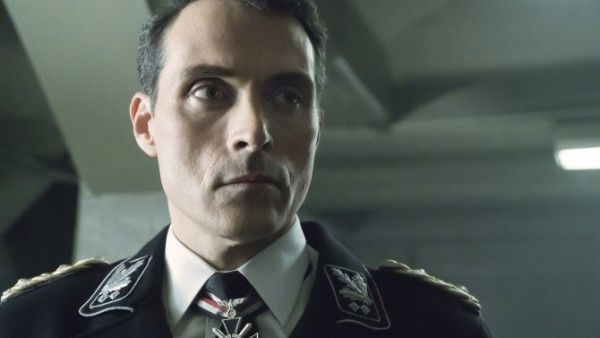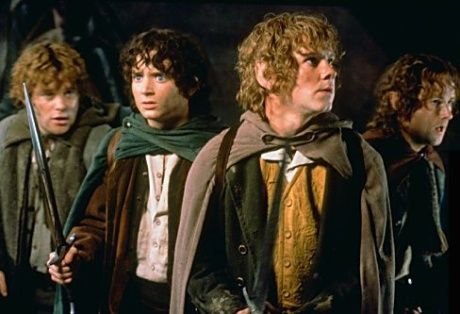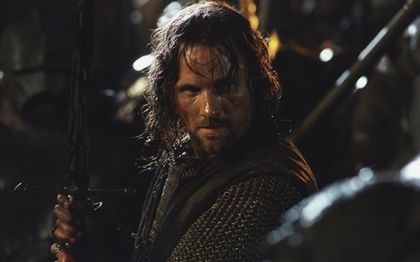The rise of streaming services -- especially regarding their cryptic viewership numbers and production costs -- has changed how success is measured when it comes to television. With broadcast, cable, and even some premium networks, transparency has led to some (fairly) easy correlations when it comes to cost and ratings, with a little alchemy thrown in for critical acclaim and "because the network president likes it." But in the streaming world, it's all conjecture. Making things even more complicated is Amazon, who is the only streaming service that shares its home with a massive online retailer. And as Amazon CEO Jeff Bezos said at a 2016 technology conference, “When we win a Golden Globe, it helps us sell more shoes."
That quote and a whole host of fascinating information about Amazon's business strategy when it comes to Prime Video is part of an exclusive report from Reuters, released today. In it, we learned that internal documents Reuters was able to acquire "compare metrics that have never been reported for 19 shows exclusive to Amazon: their cost, their viewership and the number of people they helped lure to Prime."
For Amazon, its streaming service works to bolster the retail side of Amazon, more specifically its Prime subscriptions. So if a show is not causing more people to sign up for Prime, then it gets the ax:
For example, the first season of the popular drama “The Man in the High Castle,” an alternate history depicting Germany as the victor of World War Two, had 8 million U.S. viewers as of early 2017, according to the documents. The program cost $72 million in production and marketing and attracted 1.15 million new subscribers worldwide based on Amazon’s accounting, the documents showed.
However, "the internal documents do not show how long subscribers stayed with Prime, nor do they indicate how much shopping they do on Amazon."
Now for the reason why you clicked on this article: Amazon's mega-spending for its Lord of the Rings prequel TV series. According to Reuters, the company paid $250 million for the story rights alone, and coupled with production and marketing costs, that overall figure could rise to $500 million.
This kind of insane inflation is something that has been beleaguering other networks as well. In a Game of Thrones World, HBO has been pressured to keep expanding the cost of its juggernaut while also commissioning big series like Westworld, and high-cost-cast series like Big Little Lies Season 2 (HBO drama chief Francesca Orsi used some pretty strong language on the matter). And with Netflix and Apple seemingly ready to spend untold amounts to acquire big names and build giant productions, it puts a lot of pressure on other networks to keep up.
Although ... does it? A ton of money does not equal quality. There have been some big, expensive, high-profile flops lately -- think of HBO's Vinyl and Netflix's Marco Polo or The Get Down. Throwing money at a series doesn't equal quality, just like with film. And while Amazon's gamble that its Lord of the Rings series will be big enough just through name recognition to bring more people to its platform, it will have to sell a lot of shoes to be worthwhile to Amazon's bottomline.




